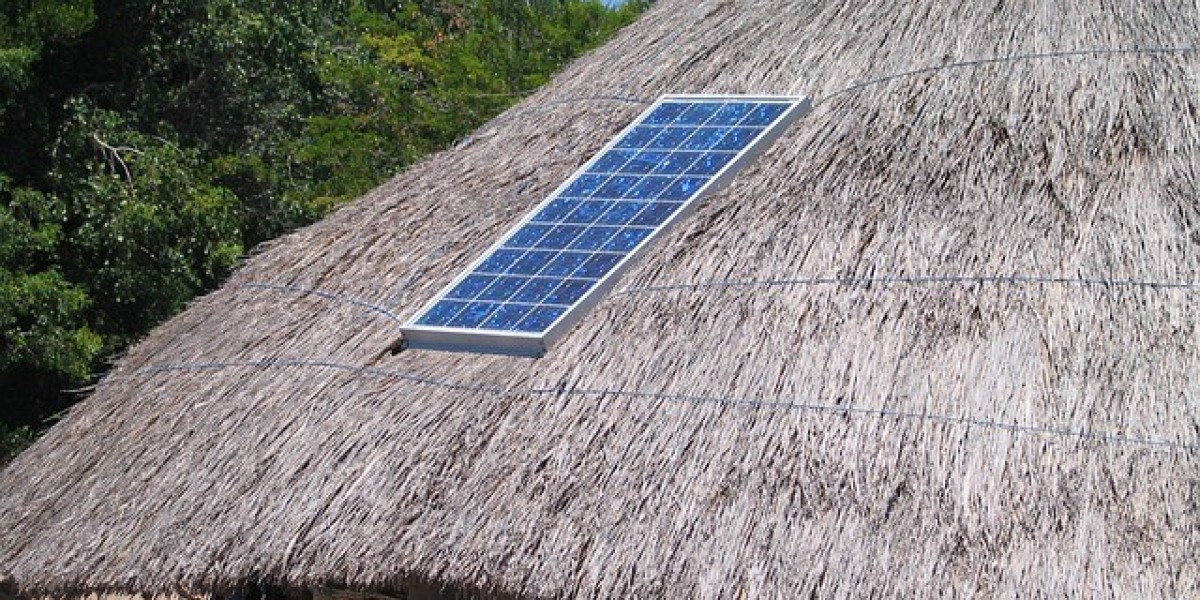Installing a solar power system for your home is an excellent way to harness the power of the sun and provide clean, renewable energy. In this article, we will discuss the benefits of solar power systems and the steps involved in solar installation system for your home.
Benefits of Solar Power Systems
Solar power systems provide many benefits for homeowners, including:
Cost Savings: Solar power systems can help homeowners save money on their electricity bills, especially when excess energy is sold back to the utility company.
Energy Independence: Solar power systems can provide a sense of energy independence for homeowners. By generating their own electricity, homeowners can reduce their reliance on the electrical grid and the utility company.
Environmental Benefits: Solar power is a clean and renewable energy source that does not produce harmful emissions like fossil fuels. By using solar power, homeowners can reduce their carbon footprint and contribute to a healthier planet for future generations.
Steps to Install a Solar Power System
The installation process for a solar power system involves several steps, including:
Site Assessment: A site assessment is conducted to determine the best location for the solar panels. Factors such as shading, orientation, and roof pitch are taken into consideration.
Design the System: The solar power system is designed, taking into consideration the homeowner's energy needs, the site assessment results, and other factors such as local regulations and incentives.
Obtain Permits and Approvals: Before installing the solar power system, it is important to obtain the necessary permits and approvals from your local government and utility company.
Installation: The solar panels and mounting hardware are installed, followed by the inverter and other components. The system is then connected to the electrical grid or batteries, depending on the type of solar power system.
Monitoring and Maintenance: After the solar power system is installed, it is important to monitor its performance and perform regular maintenance to ensure that it is operating efficiently.
Conclusion
In conclusion, installing a solar power system for your home can provide many benefits, including cost savings, energy independence, and environmental benefits. By following the steps outlined in this article and working with a professional solar installer, homeowners can install a solar power system and start enjoying the benefits of renewable energy.








